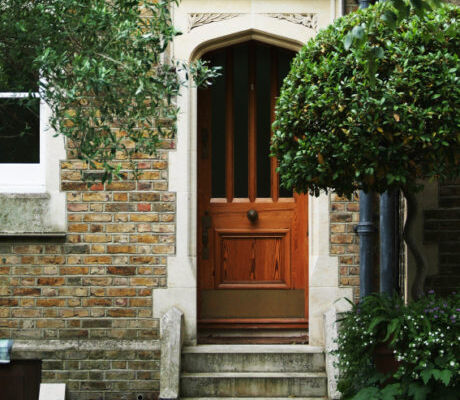As the end of the year closes in, the future of buy to let remains cloudy. High street lenders are expected to shrink away from the sector and tighten criteria for new applicants any day now, which will in turn leave landlords forced to either ramp up rents or borrow less. As such, experts now predict that investors will soon be needing a 50% deposit – or no mortgage at all.
There is no denying the market is starting to overheat, particularly after George Osborne hit the sector with stamp duty tax rises. The Financial Policy Committee previously stated the sector could pose a risk to wider financial stability, citing immigration and demand from tenants as the key drivers of higher buy to let prices. Because of this, many now fear that even more restrictions could be put into place if the Bank of England decides to crack down further on risk within the sector.
Buy to let interest rate changes so far
Whether action will be taken or not remains speculative. However, as the key ratio between rental income and monthly mortgage costs is set to change, brokers have warned that only investors with hefty deposits may qualify for loans in the future as lenders continue to shrink from the buy to let market. While investors are still reeling from the Autumn Statement, many have viewed lender withdrawals as the final blow.
With the potential of Bank of England lending caps reducing the number of mortgages issued, lenders are likely to rein in buy to let loans of their own accord rather than wait for a regulatory crackdown. BM Solutions, the biggest buy to let lender, has tightened its criteria for those with less than a 35% deposit. Investors now require a monthly rental income of 125% of the mortgage at a 5.49% rate, compared to 4.99% for borrowers with a larger deposit. Equally, Barclays has already raised its criteria for new borrowers, with its required rental income increasing from 125% to 135% at a rate of 5.79%.
How you can still invest
For existing landlords, profits are set to fall further under new tax rules, meaning that investors can no longer deduct the cost of mortgage interest from their rental income when calculating a profit. This, combined with the increased stamp duty for private landlords, has the potential to exclude small scale investors in favour of those with much deeper pockets or corporate landlords. Rate rises may equally make it harder for landlords to remortgage when their deal ends, leaving them locked into higher rates with falling profits. Because of this, you are likely to require a lot more equity if you are looking to invest in a buy to let property.
The future of the sector may seem gloomy – but there are still many possible solutions. Whatever the New Year holds, the longer interest rates remain low, the better chance you have of fixing a great deal before they disappear and change settles into place. At Enness, we have contacts with every type of lender and have a wealth of knowledge surrounding the buy to let sector. We can ensure that you’re prepared for any changes set for 2016, as a new or existing buy to let investor. If you wish to find out more about the current buy to let options available, or need some free tailored advice, we are here to help. Feel free to contact one of our expert advisors anytime.





